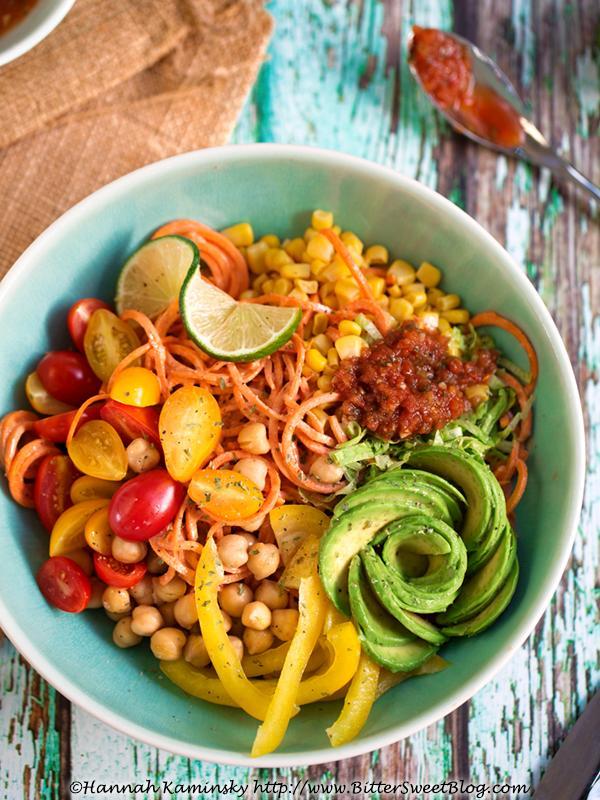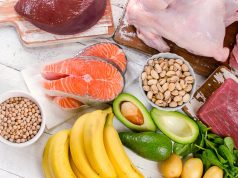In today’s fast-paced world, making healthier dietary choices can often feel overwhelming, especially when trying to incorporate more plant-based meals into your routine. However, shifting towards a plant-focused diet can be a transformative journey, not just for your health, but also for the planet. Whether you’re motivated by a desire to improve your well-being, reduce your environmental footprint, or simply explore new culinary adventures, embracing more plant-based meals is a rewarding endeavor. This guide aims to gently steer you through practical steps, mindful of the challenges and triumphs that come with dietary changes. Together, we’ll explore simple, enjoyable ways to infuse your daily meals with vibrant, nutritious plant-based ingredients, helping you cultivate a healthier, more sustainable lifestyle.
Understanding the Benefits of Plant-Based Nutrition
Transitioning to a plant-based diet offers a multitude of health benefits that can profoundly impact your well-being. Embracing more fruits, vegetables, whole grains, and legumes can enhance your nutritional intake, providing essential vitamins and minerals that are often lacking in traditional diets. By focusing on plant-based nutrition, you can support a healthier heart, improve digestion, and even boost your immune system.
Here are some compelling benefits of adopting a plant-based lifestyle:
- Heart Health: Diets rich in plant-based foods are linked to lower blood pressure and cholesterol levels, reducing the risk of heart disease.
- Weight Management: Plant-based meals are typically lower in calories and saturated fats, making it easier to maintain a healthy weight.
- Increased Energy Levels: The high fiber content in plant foods can lead to more stable energy throughout the day.
| Food Type | Benefits |
|---|---|
| Leafy Greens | Rich in iron and calcium, they support bone health and oxygen transport. |
| Legumes | High in protein and fiber, they aid in digestion and muscle repair. |
| Nuts & Seeds | Provide healthy fats and antioxidants, promoting brain health. |

Exploring Delicious and Nutritious Plant-Based Foods
Transitioning to more plant-based meals can be a delightful journey for your taste buds and a boost for your health. With the abundance of vibrant and flavorful plant-based options available, it’s easier than ever to enjoy a balanced diet rich in nutrients. Here are some simple and effective ways to integrate these wholesome foods into your daily routine:
- Start Small: Begin by adding a few plant-based meals to your weekly menu. Try a Meatless Monday to ease into the habit and explore new recipes.
- Explore New Ingredients: Discover a variety of grains like quinoa, farro, and bulgur. Experiment with different legumes such as lentils, chickpeas, and black beans.
- Color Your Plate: Include a rainbow of fruits and vegetables to ensure a wide range of vitamins and minerals. Think spinach, bell peppers, sweet potatoes, and blueberries.
For those looking to balance their nutrient intake, here’s a quick reference table to help you incorporate essential nutrients through plant-based sources:
| Nutrient | Plant-Based Source |
|---|---|
| Protein | Tofu, Lentils, Quinoa |
| Iron | Spinach, Pumpkin Seeds, Lentils |
| Calcium | Almonds, Chia Seeds, Broccoli |
| Omega-3 | Flaxseeds, Walnuts, Chia Seeds |
Remember, the key to a successful plant-based diet is variety. By embracing different flavors and textures, you can create meals that are not only nutritious but also incredibly satisfying. Enjoy the process of exploring these delicious options and see how they positively impact your health and well-being.

Creating Balanced and Satisfying Plant-Based Meals
Building a balanced and satisfying plant-based meal is all about variety and creativity. Aim to include a mix of macronutrients—proteins, carbohydrates, and healthy fats—along with a spectrum of vitamins and minerals. A simple way to start is by combining whole grains, like quinoa or brown rice, with a rich source of plant protein such as lentils, chickpeas, or tofu. Add a colorful array of vegetables to the mix, from leafy greens to vibrant peppers, to ensure you’re getting a broad range of nutrients.
- Proteins: Beans, lentils, chickpeas, tofu, tempeh
- Carbohydrates: Quinoa, brown rice, sweet potatoes, whole-grain pasta
- Fats: Avocados, nuts, seeds, olive oil
- Veggies: Spinach, kale, bell peppers, broccoli
To further enhance the nutritional profile and taste of your meal, consider incorporating herbs and spices. Not only do they add flavor without the need for extra salt, but they also bring their own health benefits. For example, turmeric and ginger are known for their anti-inflammatory properties, while basil and oregano are rich in antioxidants. Here’s a simple guide to help you pair herbs with your dishes:
| Herb/Spice | Best Paired With |
|---|---|
| Turmeric | Lentils, rice dishes |
| Basil | Tomato-based dishes, salads |
| Cumin | Chickpeas, stews |
| Ginger | Stir-fries, soups |
Remember, the key is to explore and experiment. Over time, you’ll discover combinations that not only satisfy your taste buds but also meet your nutritional needs, making plant-based eating both enjoyable and nourishing.

Overcoming Common Challenges in Plant-Based Eating
Transitioning to a plant-based diet can sometimes feel like navigating a maze, especially when faced with common challenges such as finding time to prepare meals or dealing with cravings for non-plant-based foods. Here are some strategies to help you overcome these hurdles:
- Meal Planning: Set aside time each week to plan your meals. This not only helps streamline your grocery shopping but also reduces the stress of daily decision-making. Consider batch cooking on weekends to ensure you have nutritious meals ready for busy weekdays.
- Craving Control: Cravings for non-plant-based foods can be challenging. Try finding plant-based alternatives that satisfy your taste buds, such as chickpea-based pasta or almond milk ice cream. Sometimes, cravings are a sign of nutrient deficiency, so ensure your diet is well-rounded.
- Social Situations: Eating out or attending gatherings can be tricky. Communicate your dietary preferences in advance and offer to bring a plant-based dish to share. This not only ensures you have something to eat but also introduces others to delicious plant-based options.
To make the transition smoother, it’s important to have a balanced view of your dietary intake. Here’s a simple guide to ensure you’re getting a variety of nutrients:
| Nutrient | Plant-Based Sources |
|---|---|
| Protein | Beans, Lentils, Tofu |
| Iron | Spinach, Quinoa, Pumpkin Seeds |
| Calcium | Broccoli, Almonds, Fortified Plant Milks |
By addressing these common challenges with thoughtful planning and open-mindedness, you’ll find that eating more plant-based meals can be a fulfilling and health-boosting journey.








































